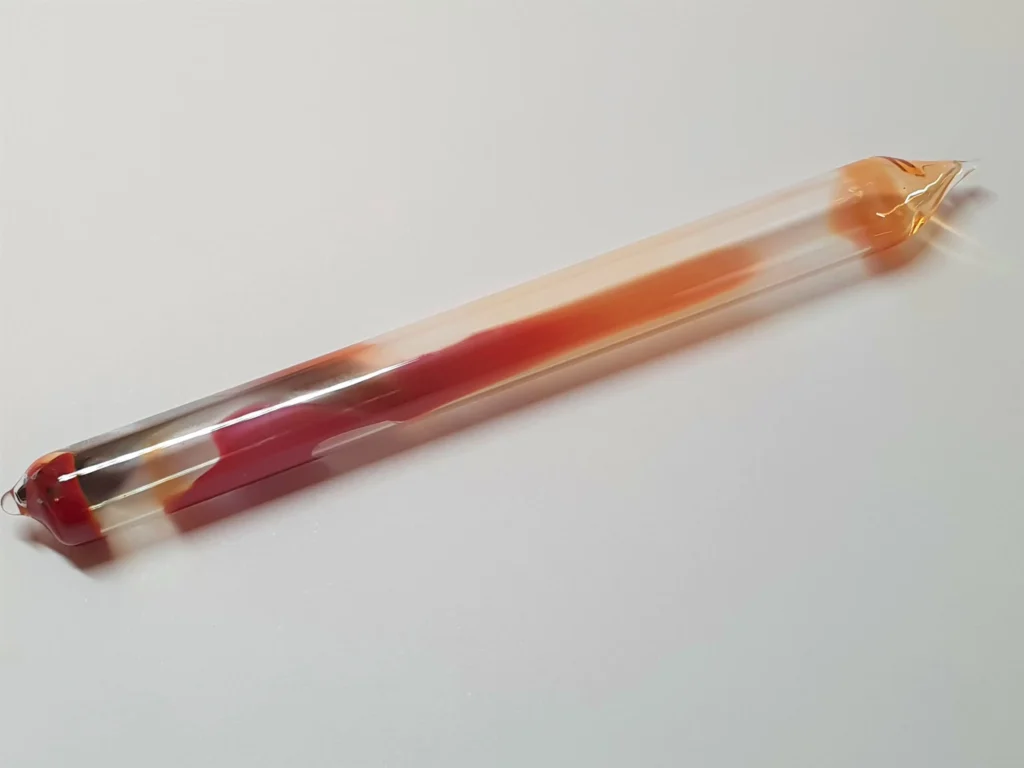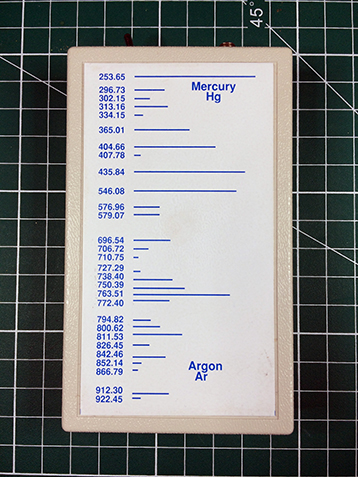The Infrared Spectrometer – Part 2
8 Minute ReadIntroduction Part 1 of this article looked at the development of the dispersive infrared (IR) spectrometer employing a grating monochromator and slits. And the details of some sample preparation techniques were described from a somewhat personal perspective, growing up as I did as an undergraduate chemistry student in the 1970’s. In Part 2 of this […]
The Infrared Spectrometer – Part 2 Read More »























